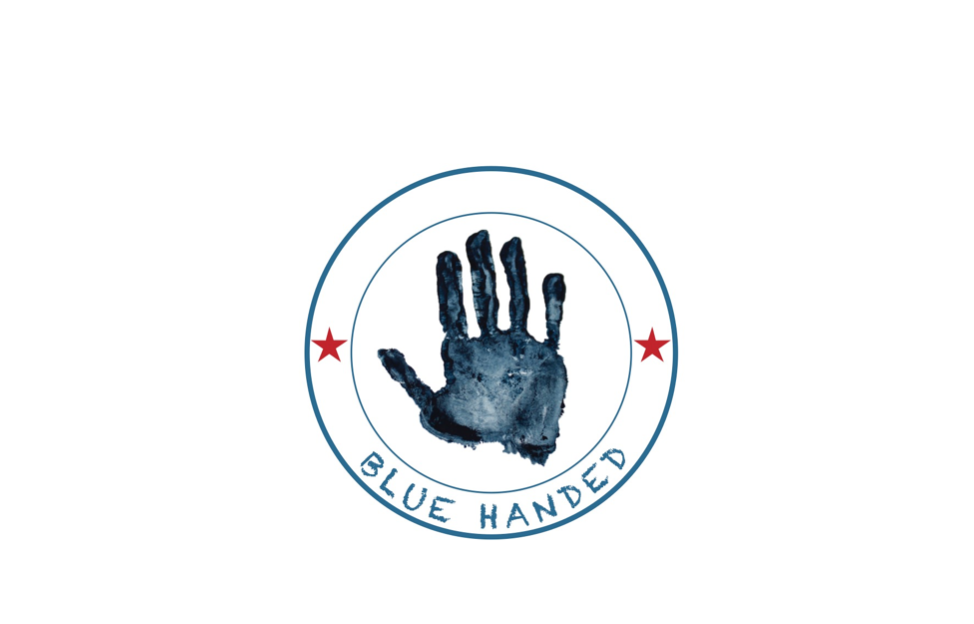artisanal natural indigo fabric processThe artisanal production process of BLUEHANDED’s indigo dyes fabric mainly includes following steps:
- Making master template. Draw or print the required pattern on craft paper, cut out the part of the design that will not be indigo dyed with a knife or hole punch. Then brush the masterplate with wax or paint to dry. The function of protecting the template is to extend the life of the craft paper.
- Making paste. Use lime powder, soy flour and water according to a certain percentage to make the resist paste, that is.
- Applying paste. Put the template on the untreated or dyed cotton fabric, apply evenly the well-prepared resist paste over the template with a spatula, which adheres to the white fabric through the cutout holes and are then hung out to dry.
- Put the fabric with the resist paste applied into dyeing vat for 20 minutes and then take it out to hang for 30 minutes, to let it oxidize fully. During this process, the white fabric will turn from yellow to green, then to blue. To repeat the above action 5 -8 times, can achieve the required dark blue color. The roll of fabric is hung to dry in the sun, an important part of the indigo setting process.
- Remove the paste. Scrape the resist paste on the surface of the dyed fabric with a large knife, to exposure the white pattern that was covered the paste.
- Wash away the residual resist paste and excess colour.
During the fully manual dyeing process, areas of the white lime pattern would ‘crack’ due to the large area of resist paste, to form the unique charm of the manual Lan Yin Hua Bu-“ice crack”.

Mary
Beautiful Work and film. I am doing Indigo dyeing at the moment. What is Lime powder? I need to make a resist.
I look forward to hearing from you.
Indigo John
Hi Mary, the lime is the material they use in masonry. https://en.wikipedia.org/wiki/Lime_(material). It is mixed with a paste, in our case dried and ground soy beans. The lime acts as the bleaching agent as the cotton is natural and an ecru colour. Will you be trying Katazome pattern making? John
Marjan Deenen
Busy with indigo and searching for a free hand painting method to make my artwork/ painting in white. So you do’t use wax but make a paste out of lime powder with water and soy beans? I would love to have this recipe for my art pls inform me
Indigo John
Hi Marjan, the technique is known as resist paste. Lime (like used in cement) is mixed with ground dry soybean (they use rice in Japan) to make it sticky. The patterns are cut out of paper, painted to make the paper strong, or can use vinyl. The paste is then applied over the template. Then it is hung to dry, then soaked in fresh water and then dyed in the indigo vat. If you want to use free hand then wax is probably the best. In parts of china they use a metal tool dipped into the wax to achieve more precise and fine designs. This is like writing with ink in the old days with a metal tipped pen. Hope that was helpful, John